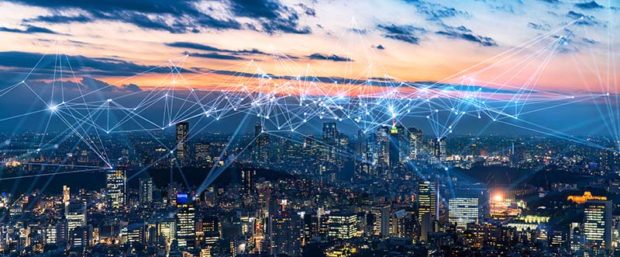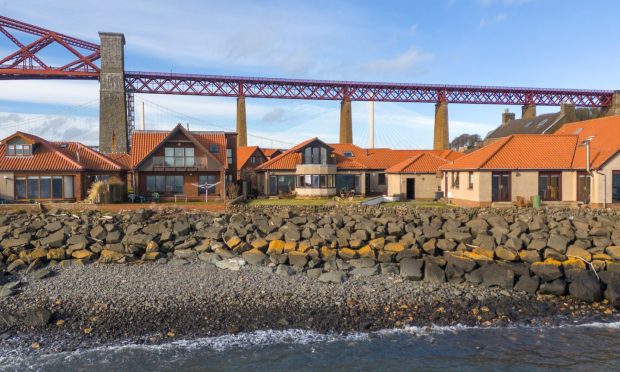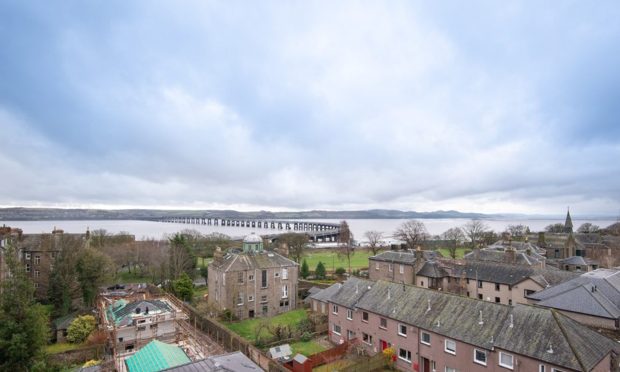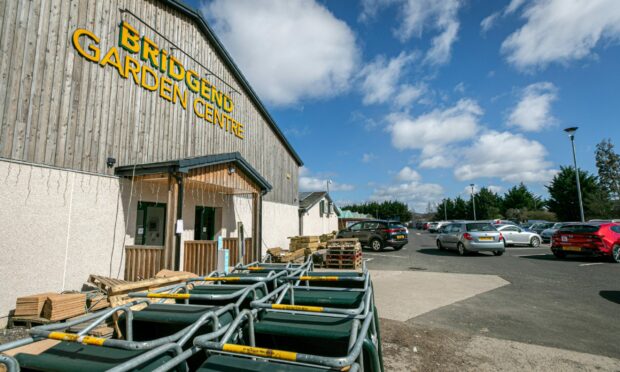Our country’s power usage is changing. Thanks to smart meters we can all help keep the lights on.
From our favourite gadgets to intelligent household appliances, whether we’re shopping, travelling or working, we’re increasingly looking to electricity to power us on.
And we’re set to need it even more.
For a start, the British Government wants 60 per cent of new vehicles to be powered by electricity by 2030 and the sale of all new conventional petrol and diesel cars and vans to end by 2040.
At the same time, greener energy sources such as wind and solar power are being introduced. ScottishPower recently became the first major UK energy company to announce plans to source all its electricity from wind.
The nation’s energy landscape is undergoing rapid change.
So how can we be sure that the lights stay on, and our electricity continues to be available at the flick of a switch?
Behind the scenes, Government and energy suppliers have been working hard to make sure the electricity network remains reliable while depending on unpredictable natural resources such as the wind to produce power.
And closer to home, the arrival of millions of household smart meters means we can all play a part.
By the end of the rollout, there should be 53 million gas and electricity smart meters in homes and small businesses across Britain, providing vital energy use information, which will also help plan for the country’s changing energy needs – such as increased demand for electricity with the mass adoption of electric vehicles.
If we were all to drive our electric cars home after work and plug them in to charge overnight, our national grid would not be able to cope with the amount of electricity needed – i.e. the supply and demand for electricity would not be balanced and the network could find itself under strain.
Smart metering and its near-real time transmission of energy data means suppliers will be able to regulate the amount of electricity powered through the grid, and ensure that we can keep our country’s lights on even in times when demand is highest.
In simple terms, the energy suppliers will be able to more accurately predict how much energy to produce every hour of every day, to cope with our changing habits and ensure the country doesn’t ever face a blackout.
And looking to the future, new flexible tariffs may allow people to use high-consumption items – like car charging points – at the cheapest times.
With a nationwide network of smart meters in place, the electricity supply will be easier to maintain and give us greater reliability over our country’s power – good news for all of us.
You can get your smart meter from your gas and electricity suppliers.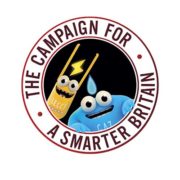
Smart Energy GB is the government-backed organisation tasked with informing Great Britain about the benefits of the smart meter rollout.
